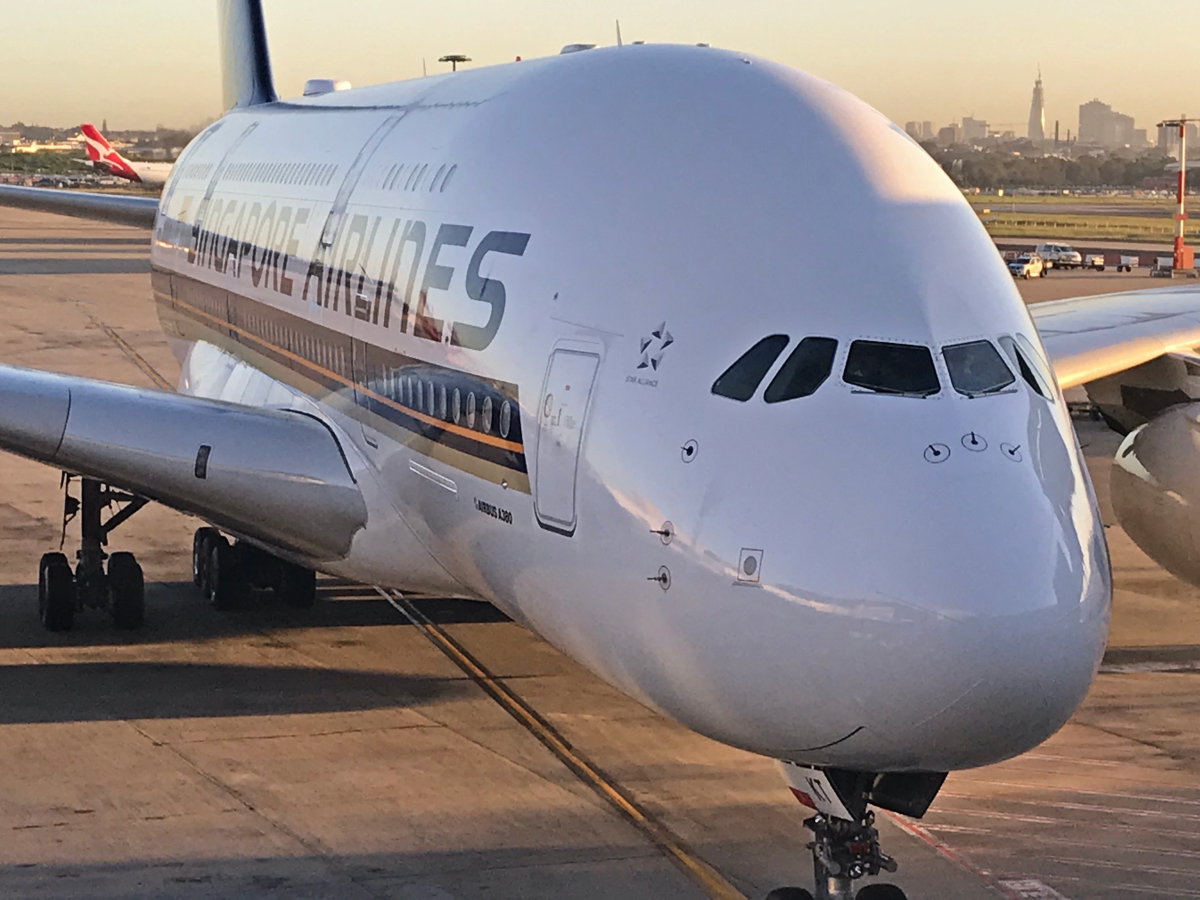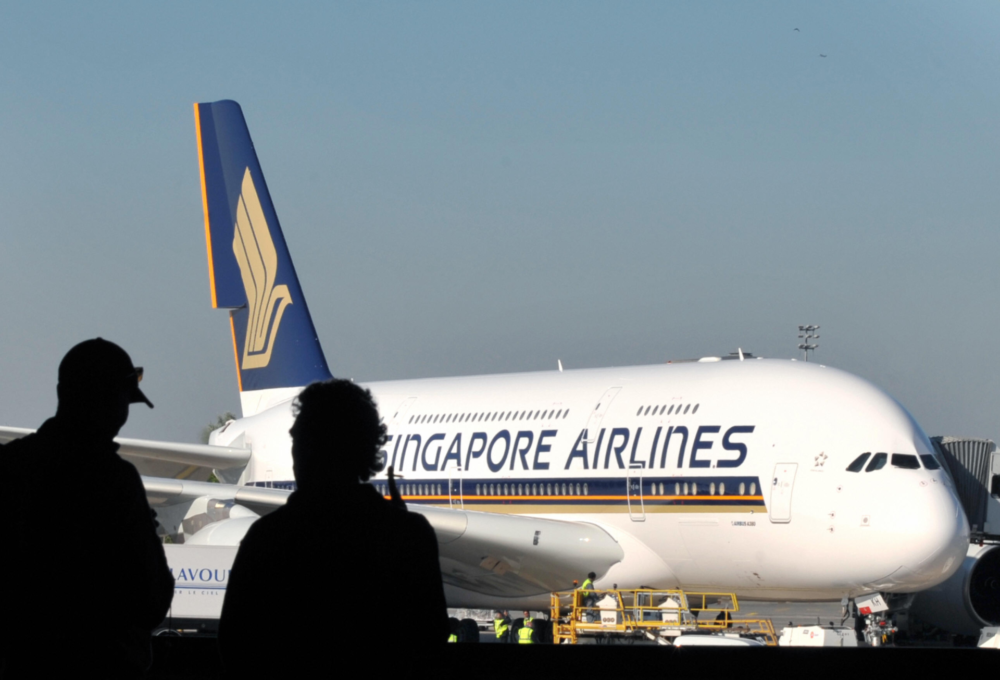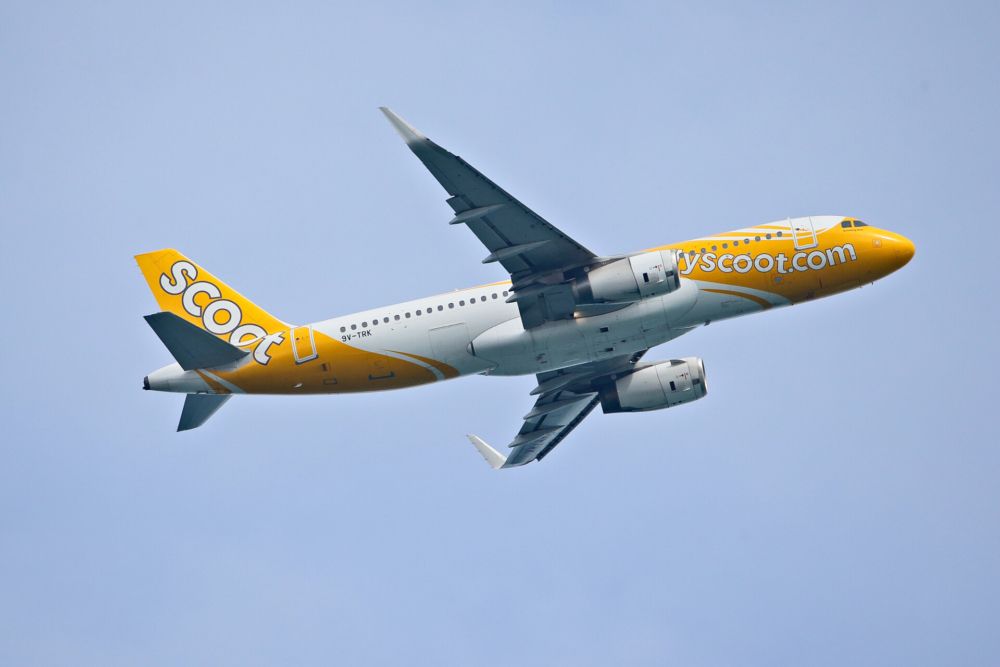Passenger traffic on the Singapore Airlines Group grew nearly 60% in one month following Singapore expanding its vaccinated travel lane network. The Singapore Airlines Group carried more than 300,000 passengers in November 2021, up 59.4% compared to the previous month.
On Thursday, the Singapore Airline Group (which includes low-cost subsidiary Scoot) released its November traffic stats. Not only did passenger numbers grow, but capacity also grew. Group passenger capacity (measured in available seat kilometers) rose 10.6% month-on-month, reaching 37% of pre-COVID-19 levels.
The airline group attributes the bounce to Singapore's vaccinated travel lane network. It recently expanded to a further nine cities (Chennai, Delhi, Jakarta, Kuala Lumpur, Melbourne, Mumbai, Seoul, Sydney, and Zurich).
And the momentum is continuing at Singapore Airlines. In the first half of December 2021, the Singapore Airlines Group launched vaccinated travel lane flights from Bangkok, Seattle, and Vancouver, killing two birds with one stone with their Singapore-Seattle-Vancouver service.
In the second half of December 2021, the Singapore Airlines Group will progressively launch vaccinated travel lane flights from Phnom Penh, Siem Reap, Male, Colombo, and Istanbul.
Across January, the airline group is planning to add their Singapore - Manchester - Houston service to the vaccinated travel lane network in addition to nonstop flights to Adelaide and Brisbane. There are plans for Perth to join the network in March.
Stay informed: Sign up for our daily and weekly aviation news digests.
Low-cost offshoot Scoot also gets back to business
It's not just Singapore Airlines seeing some positive changes. Low-cost offshoot Scoot has recently resumed flights to resumed services to Chiang Mai, Davao, Langkawi, Vientiane, and Tiruchirappalli.
Today, Scoot will begin flights to London Gatwick via Bangkok. Using Boeing 787 aircraft, Scoot will become the first low-cost airline to fly between Bangkok and London. Today's flight will also mark Scoot's debut in the United Kingdom.
Across the Singapore Airlines Group, 302,300 passengers boarded a flight in November 2021. Those passengers flew 1.72 billion million seat kilometers, utilizing just 29.1% of the 5.9 billion seat kilometers on offer.
While November's numbers are better than October's, they are still a shadow of 2019 passenger statistics. In November 2019, the Singapore Airlines Group flew 3,268,000 passengers and offered over 11 billion seat kilometers.
Cargo also gives Singapore Airlines some lift
Singapore's vaccinated travel lane network allows fully vaccinated citizens and permanent residents of selected countries to enter Singapore without the need for quarantine. After a few false starts, Singapore has been steadily adding countries to its green list. Citizens and permanent residents of nearly 30 countries can now fly to Singapore under the vaccinated travel lane program.
One of the big beneficiaries of the travel lane network has been the Singapore Airlines Group. It doesn't hurt passenger numbers that many of the countries on Singapore's approved list are extending the same courtesy to Singaporean citizens and permanent residents.
Also making a significant contribution to the improving fortunes of the Singapore Airlines Group was its cargo business. On Wednesday, the group's cargo operations hit the headlines after signing a letter of intent to acquire seven Airbus A350 freighters. Singapore Airlines will use the A350s to replace the airline’s aging Boeing 747-400Fs. Deliveries are set to start in late 2025
The Singapore Airlines Group today said its November cargo operations had registered a monthly cargo load factor of 83.9% or 1.6% lower year-on-year. The 38.1% growth in loads (freight tonne-kilometers) trailed behind the capacity (capacity tonne-kilometer) expansion of 40.8%, arising from the injection of belly-hold capacity.



